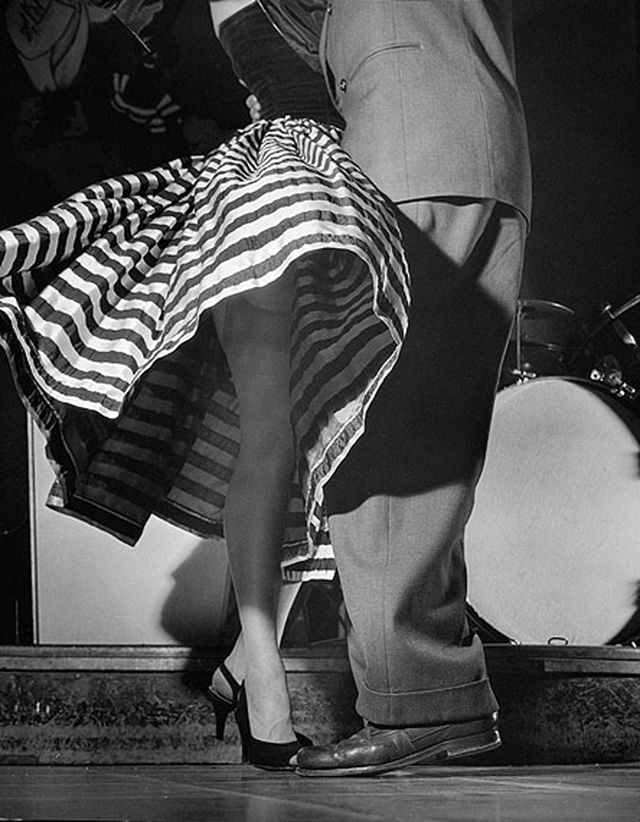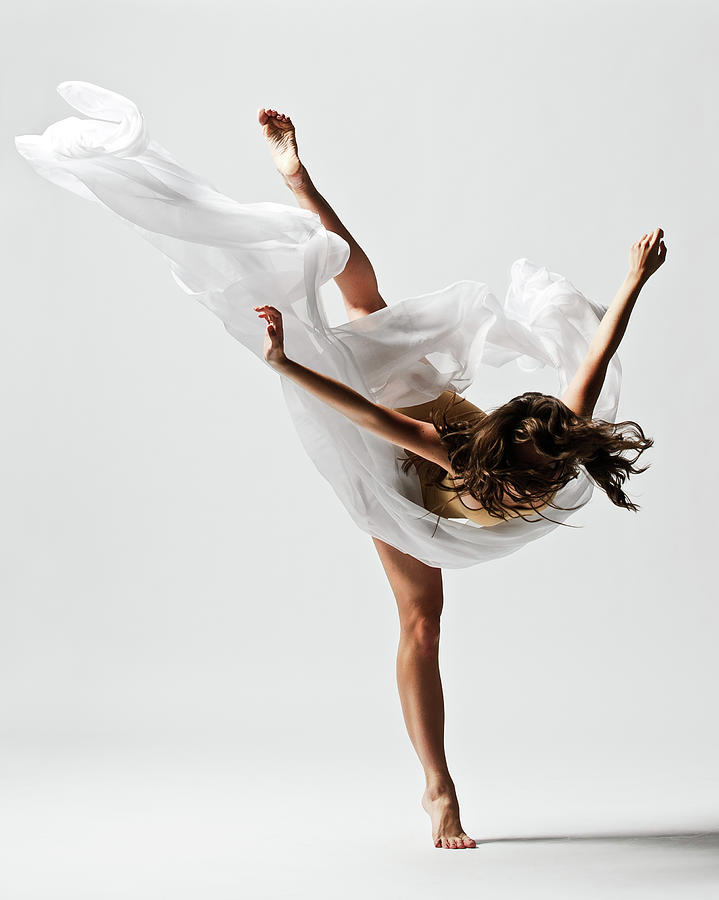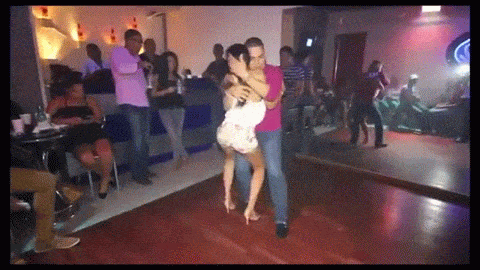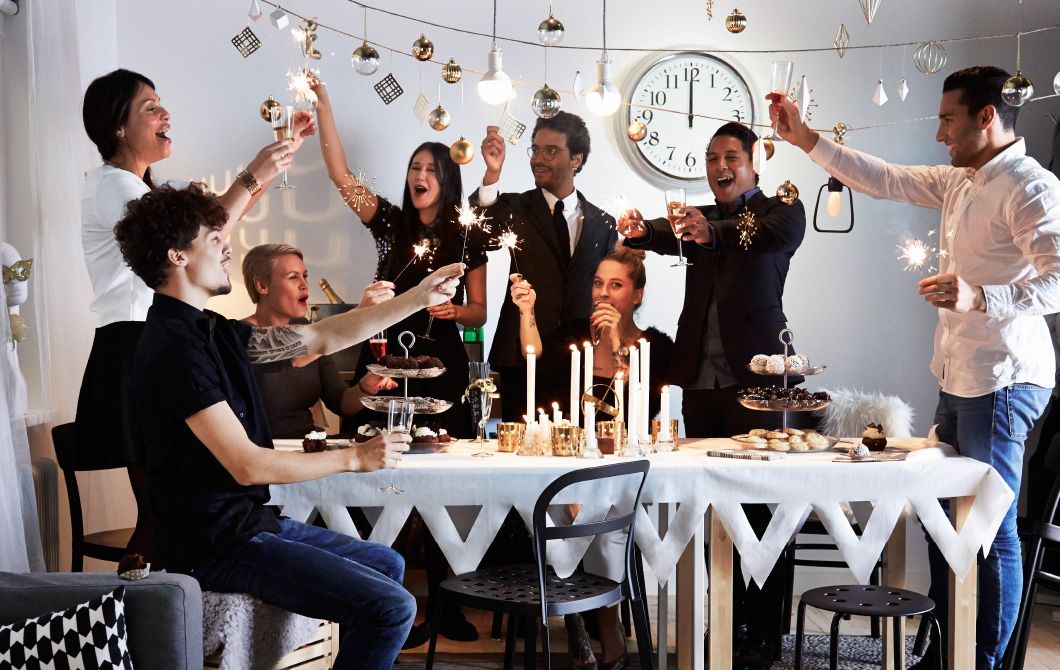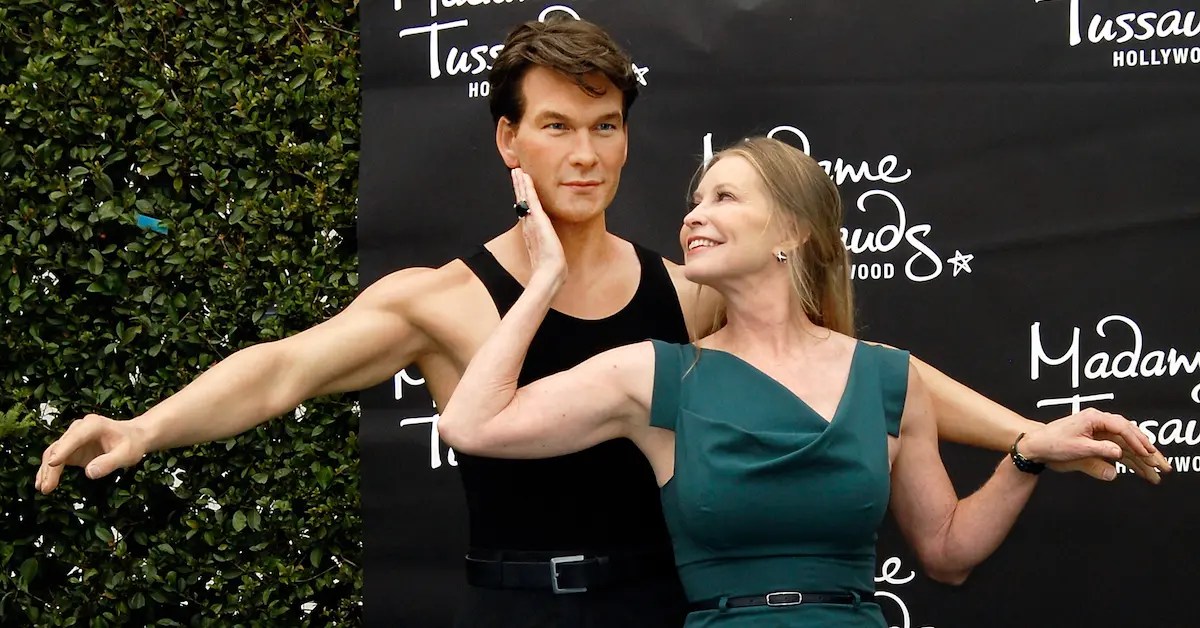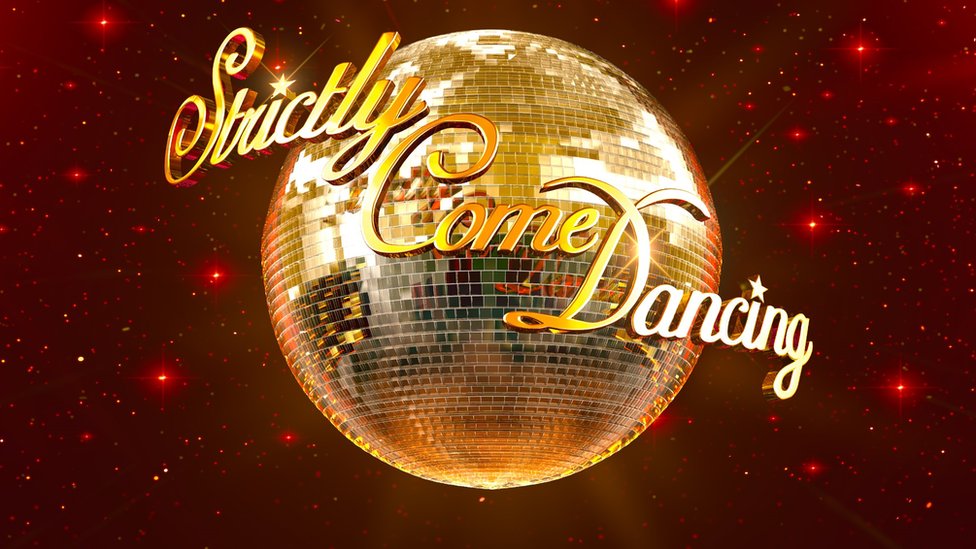How to dance 1920s
Roaring 1920s Dance Styles - Charleston, Fox Trot, Texas Tommy
Roaring ’20s Dancing
Dancing and Fashion! Ahhh, now we get into what got me interested in vintage fashion in the first place (You can read my story here).
The roaring ’20s dances were wild and carefree. Previously, ballroom dancing, although silly with “animal dances,” was structured and tame compared to the independent “Charleston,” “Black Bottom,” and “Shimmy” dances that took over dance floors in the roaring ’20s. Ballroom dancing continued with older and more conservative folks well into the ’30s. The new dance crazes were for the new women and men who valued extreme sports, frivolity and looser morals. Most dancing took place in nightclubs and community centers. The latter promoted marathon dancing, which at first was about who was the best dancer and later became about who could last the longest on the dance floor (not necessarily dancing, but upright). Marathon records were broken over and over again across the country: 7 hours, 20 hours, 3 days, a week. If you didn’t win the marathon, you could at least bet on the winner and thus be a winner yourself.
Comic Strip about Marathon Dancing
In the nightclubs, dancing was often mixed with illegal alcohol (or after hours sales in Britain) and in the shadiest clubs, prostitution. F. Scott Fitzgerald describes Gatsby’s parties as one big drunken dance party. Women who frequented clubs and parties like these were known as “good time girls.” Party goers would travel from one club to the next, avoiding police raids. Dancing the latest crazes was passed on from one dancer to the next. It was in dance halls across the country that free form social dancing had its beginnings. No teachers taught the Charleston — it was something you just picked up from watching movies like Running Wild, and from your fellow dancing friends.
See more original footage of 1920s dancing here.
1926 Parody club- Entrants in the Charleston dance competition
Social Dances of the Roaring 20sThe following was written by Richard Powers, a Social Dance historian, and my first vintage dance teacher. Used with his permission (Thanks Richard!)
Used with his permission (Thanks Richard!)
Vern and Irene Castle dancing dancing the Stomp around 1919
Within weeks of the Armistice, both Europeans and Americans were dancing again with renewed enthusiasm. In Paris, the wartime ban on public dancing was still in effect at the end of 1918, but that didn’t stop the French from dancing. Many balls were given by the various regiments, with even more “private” tea dances held by the numerous dance teachers. By 1919, dancing in Paris had fully returned to its pre-war frenzy. The Dancing Times reported that Parisians “apparently cannot take a meal or watch a play through without breaking off for a round or two of dancing.”
Dancing in the Western style (Tango) in China was hugely popular as were the clothes
On the dance floor, the Grizzly Bear, Turkey Trot and One-Step weren’t merely ten years old; they were from an entire era ago — before the war, and thus were out of fashion. The newer Fox-Trot had never caught on, having been introduced only months before the war started, so the Fox-Trot escaped the pre-war stigma and became the favorite dance of 1920.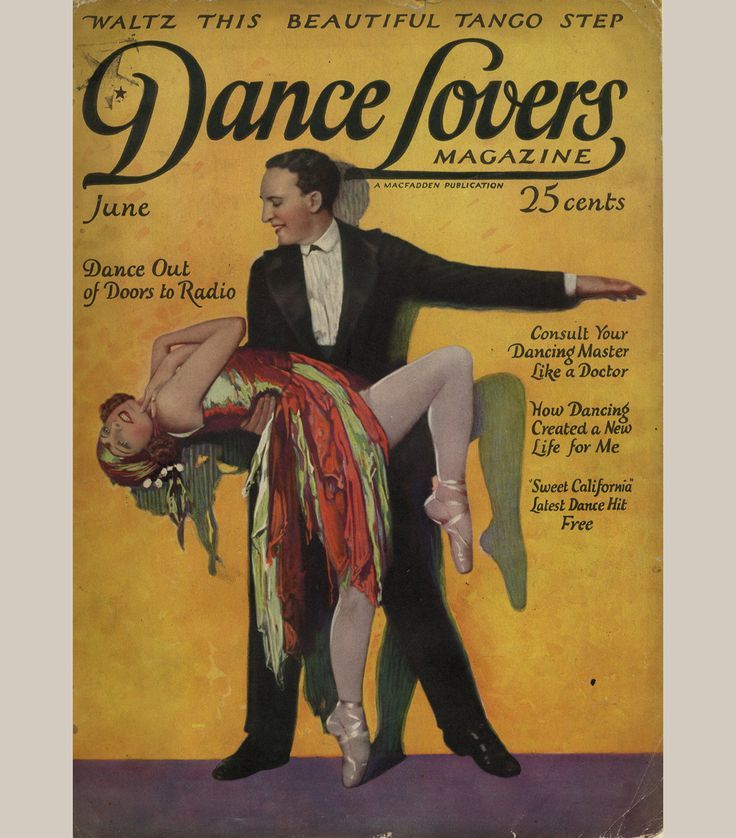 But most dancers still loved the simplicity of the One-Step. In other words, they liked the dance but not the old-fashioned name, so many continued to dance the One-Step but called it the fashionable new name, Fox-Trot, much to the annoyance of dance teachers. Music publishers confused the issue further by publishing one-steps, true foxtrots and even tangos as “Fox-Trots” in order to sell more copies.
But most dancers still loved the simplicity of the One-Step. In other words, they liked the dance but not the old-fashioned name, so many continued to dance the One-Step but called it the fashionable new name, Fox-Trot, much to the annoyance of dance teachers. Music publishers confused the issue further by publishing one-steps, true foxtrots and even tangos as “Fox-Trots” in order to sell more copies.
1928 the “Cotton Pickin Dance”
Early versions of the Charleston had been staged in small theatrical productions but it became the new dance hit of the Twenties when it accompanied James P. Johnson’s song “The Charleston” in the 1923 Broadway musical Runnin’ Wild. The variety of Charleston variations exploded with the advent of Charleston contests, for both solo dancers and couples. Then as the Charleston craze began to fade, anxious dance teachers hoped a new fad would revive their business, and thus embraced the newer Black Bottom. But there was more promotional publicity from the effort than actual social dancing of the Black Bottom.
But there was more promotional publicity from the effort than actual social dancing of the Black Bottom.
The Black Bottom Dance
Charleston Dance Manual
The African American Texas Tommy had traveled from San Francisco to New York City in 1911. Harlem dancers kept the essential concept of the Texas Tommy – a turning Two-Step with swingouts releasing the woman to a single handhold – and simplified the footwork from three different steps to just one. It was renamed Lindy Hop by “Shorty” George Snowden in 1928, and it was soon captured on film when Snowden, his fellow Savoy Ballroom dancers and Chick Webb’s band performed it for the 1929 sound film After Seben. Harlem’s Savoy Ballroom was integrated throughout its reign, passing the Lindy Hop on to both black and white dancers, but the Lindy Hop didn’t become widespread until the 1930s.
Early Swing Dancing
Other dances in the 1920s: Waltz and tango continued, with slow waltz becoming a new trend, and exhibition tango adopting a more “gaucho” style under the influence of Rudolph Valentino.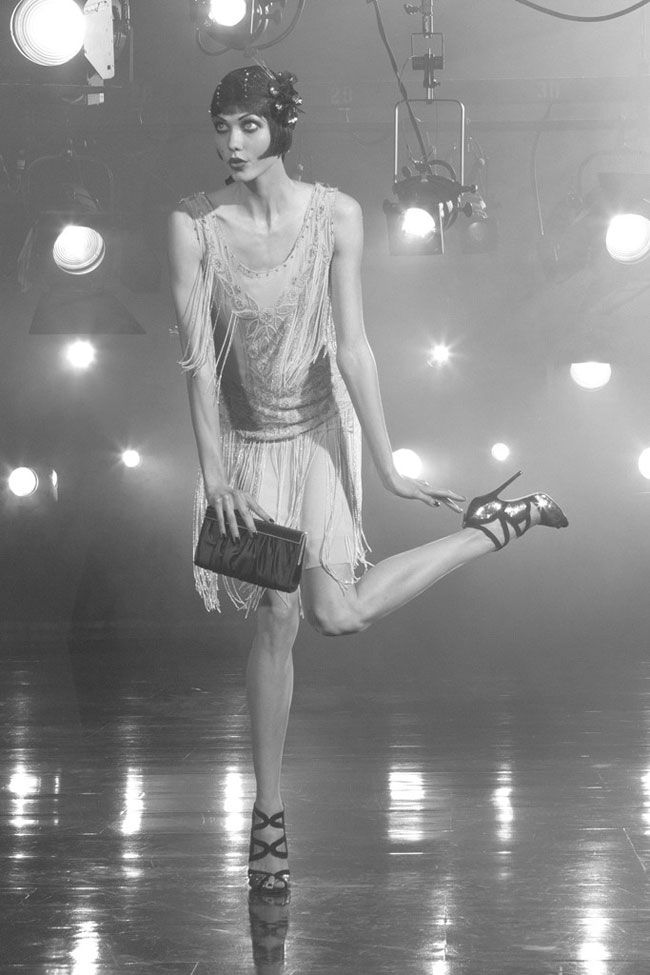 The Foxtrot became smoother than the trotted ragtime version, or could be bounced even more vigorously, becoming the Toddle. The Brazilian Samba was introduced in Paris in 1922, then spread. Blues expanded from a side note in 1912 to a major influence in American music during the twenties.
The Foxtrot became smoother than the trotted ragtime version, or could be bounced even more vigorously, becoming the Toddle. The Brazilian Samba was introduced in Paris in 1922, then spread. Blues expanded from a side note in 1912 to a major influence in American music during the twenties.
1920s Tango
The Wall Street Crash of 1929 ended the Jazz Age, as The Great Depression set in. Dancing continued, with notable inspirations on the Silver Screen. Dance marathons, continuing from the 1920s, now became a hopeful step up for financially struggling dancers in the early 1930s. Then by 1936, dancers were ready to cut loose again, with the new hits of the Shag, Big Apple and the late blossoming of Lindy Hop and jitterbug.
— Richard Powers
1928 The Colored Idea Band of Sonny Clay. The band entered Sydney Harbour playing their newly composed Australian Stomp on deck
Dance and Fashion
The loose, short, swishing charleston dresses of the roaring twenties and men’s softer, sportier, clothing made them ideal dance clothing.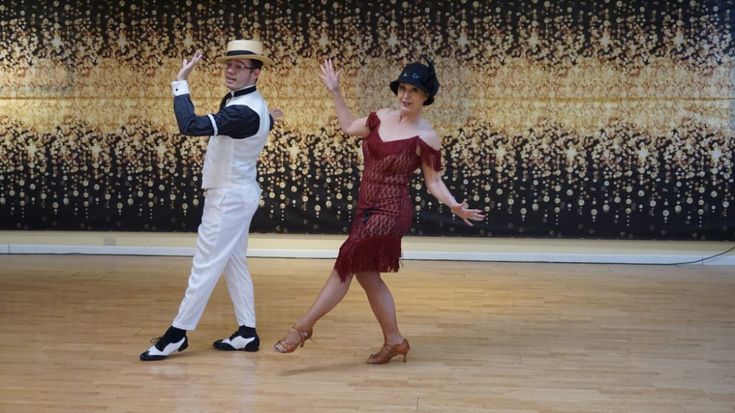 For women, the first thing that had to go was the corset or tight fitting girdle. The item that made your figure flat and boyish was too restrictive to dancing close with your partner. One young flapper reported, “the men won’t dance with you if you wear a corset.”
For women, the first thing that had to go was the corset or tight fitting girdle. The item that made your figure flat and boyish was too restrictive to dancing close with your partner. One young flapper reported, “the men won’t dance with you if you wear a corset.”
Corset check rooms became common in the early ’20s, where young women would discard their corsets before hitting the dance floor and wear them home again to appease their families.
1926 dancers
Dresses became shorter on the dance floor. Exposing more knee, leg and thigh! Oh my! The handkerchief hem (uneven hemline) dress of the mid ’20s was especially common as a dance dress. The hem was not constricting like its longer, straighter cousins, and the layers allowed the dress to look long while standing but fly free while girls shimmied.
1929 dance shoes
Unlike dresses, dance shoes grew taller. Short Cuban heels were for day wear but at night higher thinner heels showed off exposed legs.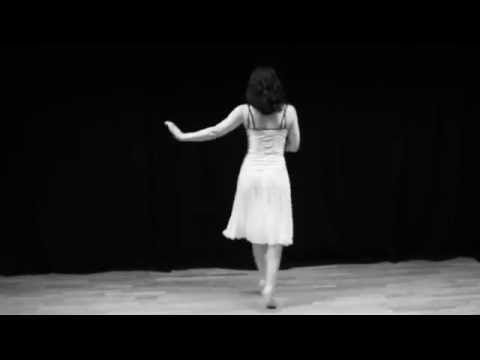 Dance shoes were usually strapped called “Flapper Shoes” or “Sally Shoes.” Single Mary Jane Straps or T-straps were the most common with varying degrees of cutouts and sparkling trims in accordance with the trends of the year.
Dance shoes were usually strapped called “Flapper Shoes” or “Sally Shoes.” Single Mary Jane Straps or T-straps were the most common with varying degrees of cutouts and sparkling trims in accordance with the trends of the year.
Dancing in a suit (man) and a swimsuit (woman) probably for a beachside swimsuit competition
For the men, no special dancing clothes were required. The youthful trend for casual sporting shirts and suits were worn with the less formal community dances. After six dinner and dance events may have required a tuxedo or dinner jacket to be worn. Suit jackets were almost always left on for dancing. Hot to wear, but it kept in sweat and manly musk off the hands of your partner (which she appreciated very much!).
White tie tuxedo (man) hanky hem dancing dress (woman)
1928 Couple Dancing in Casual Clothes
Men’s dance shoes, if he opted for special ones, had leather soles. The new trend for rubber sole shoes was great for day wear but too sticky on the dance floor.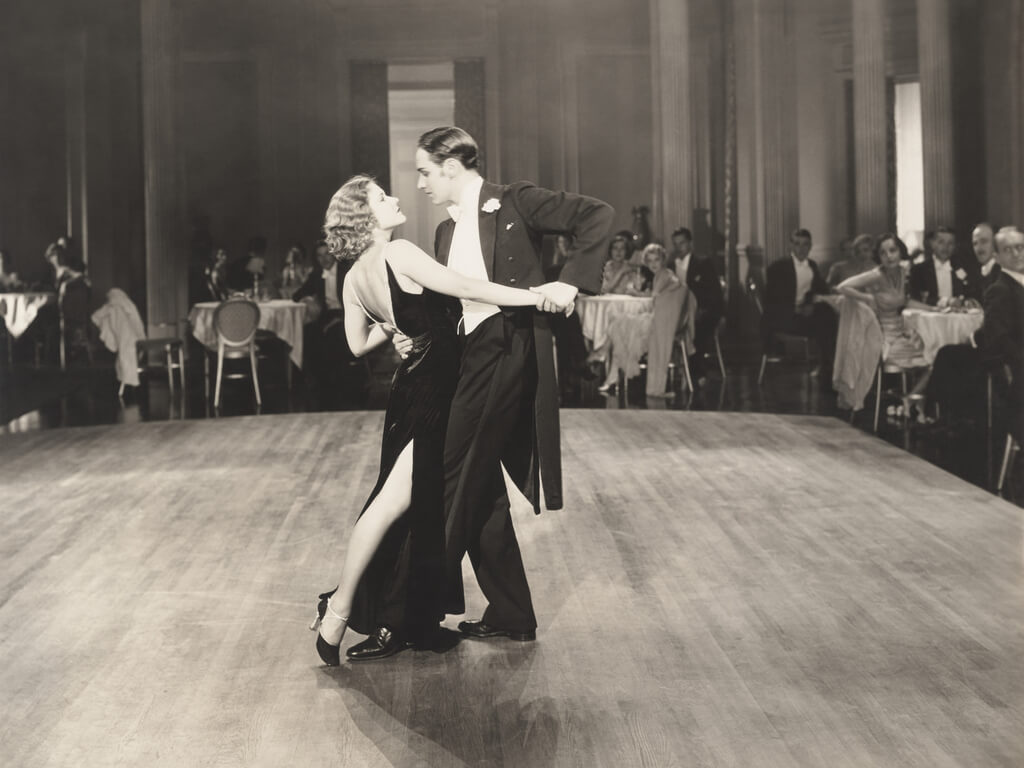 Most men’s formal patent leather shoes came with leather soles. The only exception was if you were dancing on a yacht or river cruise– rubber soles were needed to help you stay in place over potentially rough waters.
Most men’s formal patent leather shoes came with leather soles. The only exception was if you were dancing on a yacht or river cruise– rubber soles were needed to help you stay in place over potentially rough waters.
1921 men’s dance shoes
Where to Learn Vintage 1920s Dancing?
I often get asked where you can learn to vintage dance. The tricky part about 1920s dances is that they have not caught on to the “main stream” social dance revival like ’40s era swing dancing or the ’70s hustle. I have only dabbled a bit with the Charleston during Vintage Dance Workshops. My friend had a lot of success in learning from videos on YouTube. The nice thing about the Charleston is that it was a solo dance before a partner dance, so no need to drag your partner kicking and screaming to the dance floor.
If you have a local Art Deco society, you might be able to find some dance instruction with one of their members. Swing dance groups may also teach the Charleston or Shimmy. Your local American Ballroom dance school is unlikely to know any vintage dances but it doesn’t hurt to ask.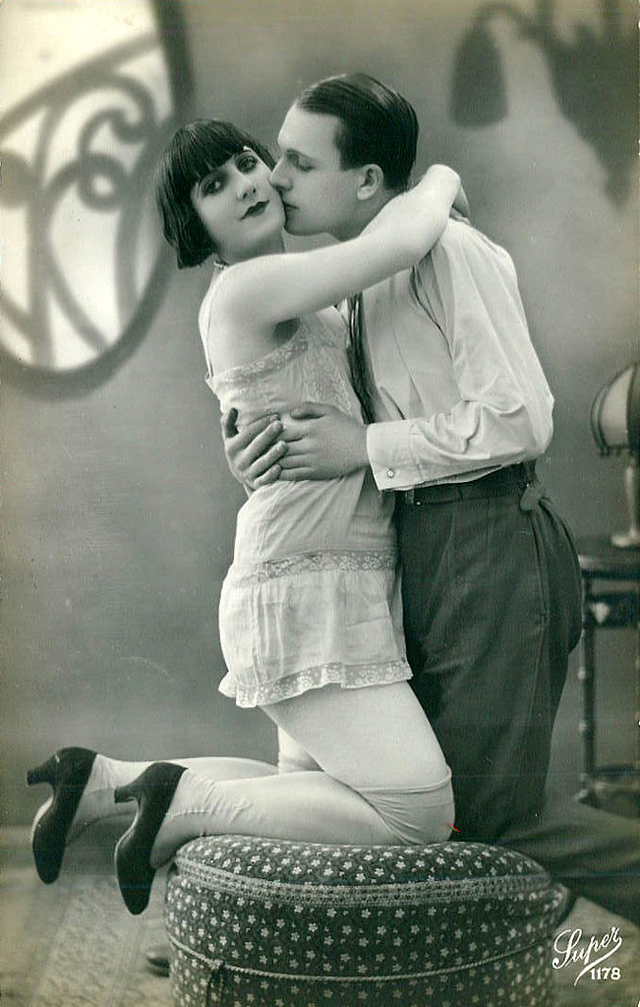
Dance Videos I love:
Dance Through Time – History of American 20th-century dances
Dance in the 1920s — UNLV Public History
As the tensions of World War I subsided, American women increasingly challenged the social landscape of the United States through dance. In the 1920s, a cohort of fashionable young women adamantly asserted their desires for independence and pushed against stereotypes of women as reserved and modest mothers. These women, known as “flappers,” smoked, drank, danced exuberantly with men, and broke many social traditions. These nonconformists danced late nights and contested social barriers, in the process creating a dance revolution which spread throughout the U.S.
The 1920s witnessed the proliferation of many new and older dances. Early in the decade, flappers appropriated the “Charleston,” a previously popular African-American dance. Other new dance styles emerged that soon had everyone copying them. In addition to the “Charleston,” these styles included “Black Bottom,” “Raccoon,” “Varsity Drag,” “Collegiate,” and “Tango”. Dance marathons were competitions that tested the endurance of participants. These social events started a craze that challenged contestants to dance as long as they could despite fatigue. Large crowds gathered to watch dance marathons, and many attempted to set new records. In 1923, the record hit a high at 182 hours. Social dancing at nightclubs, however, won most peoples’ favor.
In addition to the “Charleston,” these styles included “Black Bottom,” “Raccoon,” “Varsity Drag,” “Collegiate,” and “Tango”. Dance marathons were competitions that tested the endurance of participants. These social events started a craze that challenged contestants to dance as long as they could despite fatigue. Large crowds gathered to watch dance marathons, and many attempted to set new records. In 1923, the record hit a high at 182 hours. Social dancing at nightclubs, however, won most peoples’ favor.
While the spotlight of the 1920s focused on dances, the main stage for this cultural fascination was located in New York City. Harlem, in particular, attracted attention for its late night parties. Visitors came from across the world for this singular experience. Jazz bands played in large music halls, such as the “Come Clean” and the “Funky Butt Hall,” providing a beat for dancers to move to. “Slumming,” the practice of white Americans visiting black dance halls and speakeasies, created a multi-ethnic experience outside of the over-publicized white social gatherings.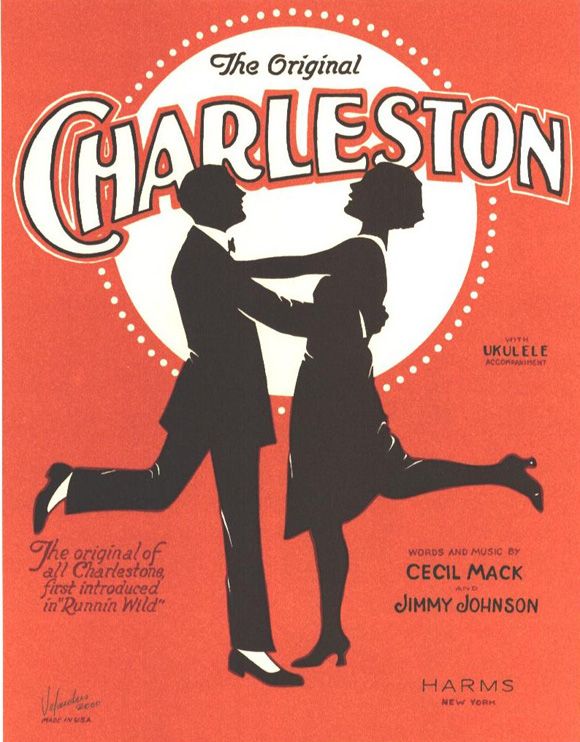
The affordability and accessibility of Broadway musicals, Hollywood films, and radios allowed most to indulge in this inexpensive craze. Dance instructor Arthur Murray taught five million people the most popular dance steps in five years with footprint diagrams and instructional information that arrived in subscribers’ mailboxes. Many films featuring flappers contained at least one dance scene. These scenes showed women energetically dancing with male partners, displaying the alluringly sexual and playful behavior of the era. Most notably, the film It with Clara Bow was big hit for its dance scenes and accurate portrayal of the social landscape. Other films such as Dancing Mothers, released in 1926, conveyed the same message. By the end of the decade, American dance culture had expanded to many corners of the world.
Salman Mohammed is a first-year undergraduate within UNLV’s Honors College. He is majoring in Pre-professional Biology in order to gain admission to medical school.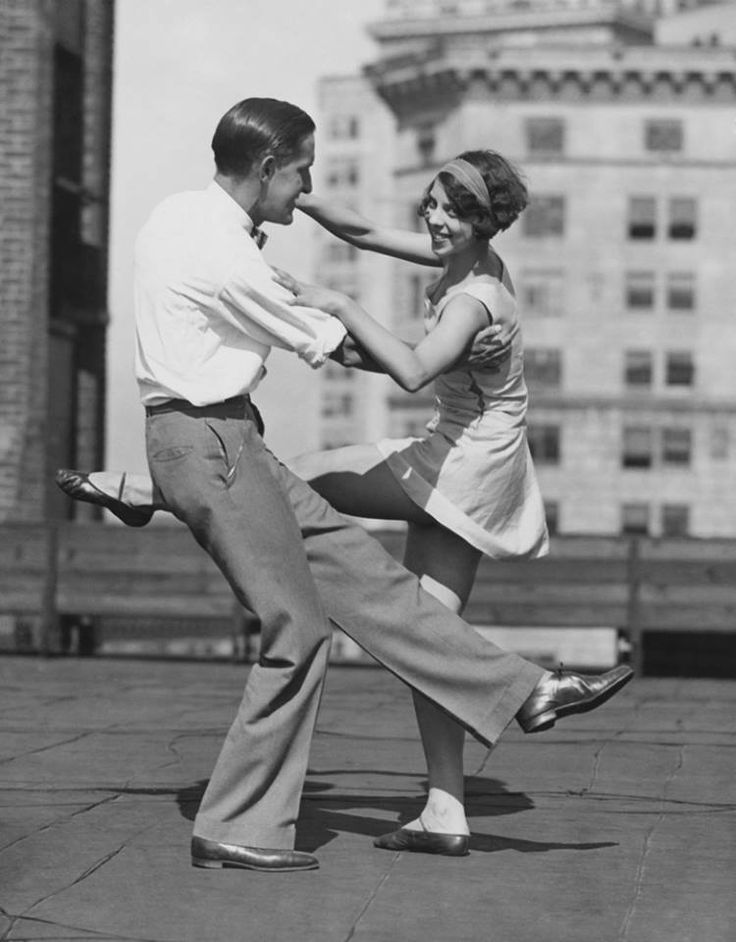 His hobbies include Photography and Fitness, which he often dedicates his time toward. He also looks forward to helping people or volunteering with any organization that is related to the medical field.
His hobbies include Photography and Fitness, which he often dedicates his time toward. He also looks forward to helping people or volunteering with any organization that is related to the medical field.
Sources
Allen, Frederick Lewis. Only Yesterday: An Informal History of the 1920’s. New York: Perennial Classics, 2000.
Broer, Lawrence R., and John Daniel Walther. Dancing Fools and Weary Blues: The Great Escape of the Twenties. Bowling Green, OH: Bowling Green State University Popular Press, 1990.
Drowne, Kathleen Morgan., and Patrick Huber. The 1920s. Westport, CT: Greenwood Press, 2004.
Foner, Eric. Give Me Liberty!: An American History. 4th ed. Vol. 1. New York: W.W. Norton &, 2014.
Miller, Nathan. New World Coming: The 1920s and the Making of Modern America. New York: Scribner, 2003.
Zeitz, Joshua. Flapper: A Madcap Story of Sex, Style, Celebrity, and the Women Who Made America Modern. New York: Crown Publishers, 2006.
Dances of the 1920s: provocative and immoral
important newsSave Emelyan Pugachev Comic Available for Pre-Order
Collection
Emelyan Pugachev
News 08. 12.2022
12.2022 Museum of Cryptography to open in Moscow after reconstruction
News 07.11.2022International Film Festival to be held in Moscow
The 1920s is the decade of jazz in the United States. Part of the African-American population, who moved from the South to the North in search of work, brought with them music: jazz, blues, ragtime. New movements appeared in dances, sometimes similar to the habits of animals. Dancing is becoming a new leisure activity for the masses. In place of long and complex dance patterns comes improvisation. Social boundaries are also being erased, dances are now for all strata of society.
Charleston
Its origin is unknown. Residents of the city of Charleston in the southern United States attribute the invention of dance to themselves. Others call it the birthplace of the island of Cape Verde. Be that as it may, one thing is clear - the Charleston has African roots.
At first, it was danced by black hard workers to jazz music, so the Charleston was associated with the lower strata.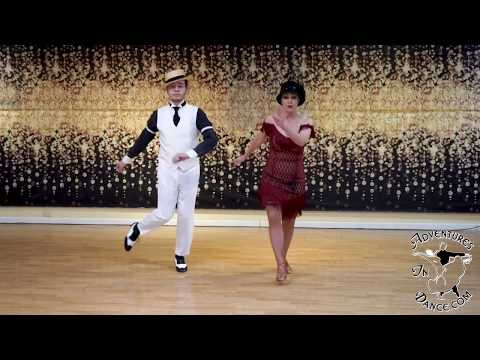 The church did not favor him because of the sharp, unleashed movements and the closeness between a man and a woman. However, it was appreciated in basements, illegal casinos and pubs, where the Charleston was picked up by anti-prohibitionists and flappers - girls who advocated for the emancipation of women.
The church did not favor him because of the sharp, unleashed movements and the closeness between a man and a woman. However, it was appreciated in basements, illegal casinos and pubs, where the Charleston was picked up by anti-prohibitionists and flappers - girls who advocated for the emancipation of women.
Gradually, the Charleston spread throughout the country, and then crossed the ocean and reached Europe. Representatives of high society, who wanted to learn how to dance, asked their servants about this - there were simply no proper official schools then.
The Charleston is danced with a partner, alone or with a group. The main feature is the movements of the legs - while the hands remain in a relaxed position and lend themselves to the general beat. The movements, despite the speed and pace, are not too complicated - professionals say that there are about 74 of them. However, there is no clear pattern by which you need to dance. Improvisation and the right mood are important here.
However, there is no clear pattern by which you need to dance. Improvisation and the right mood are important here.
Foxtrot
This pair dance appeared in the 1910s, but became widespread in the 1920s. According to one version, it was invented by actor Harry Fox: at one of the film screenings, a young man had to fill in a pause between films, and then he began to dance with a girl. According to another version, the foxtrot is translated as "to walk with a fox's step" - for the similarity of movements with the habits of an animal.
During the foxtrot, the dancing couples quickly move around the hall, which at first glance resembles a waltz. However, the pace is completely different, due to the fact that the dance is performed to ragtime.
Over time, many versions of the foxtrot have appeared.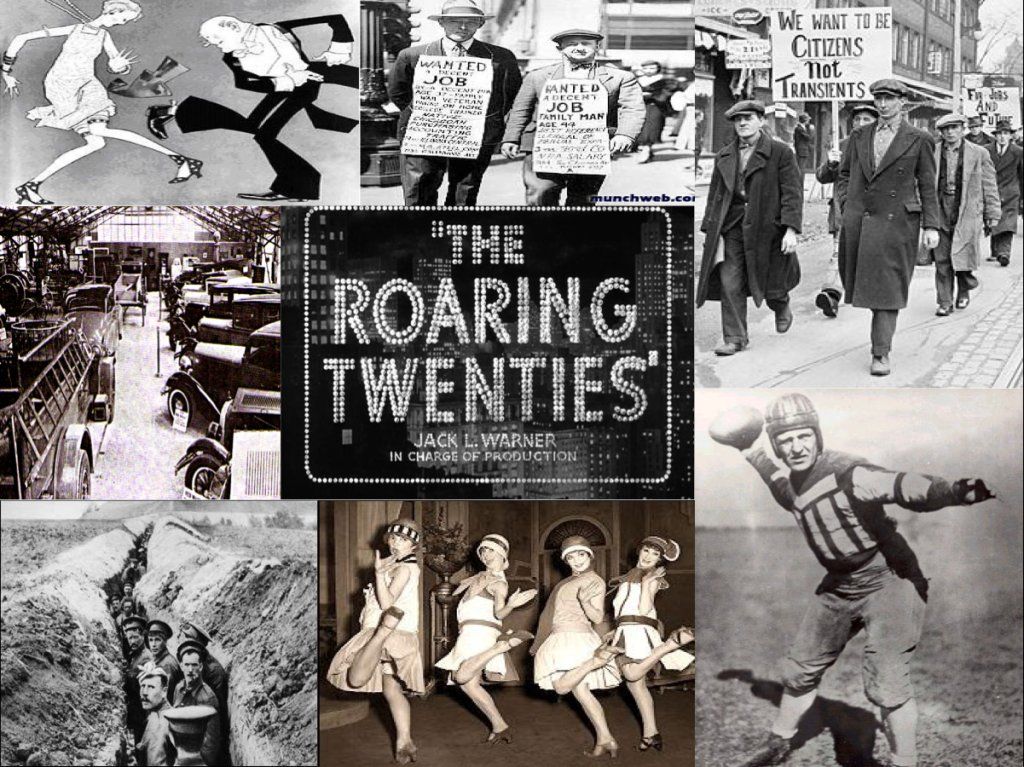 Now known fast foxtrot (or quistep), slow foxtrot and folk. In the fast version, the tempo of the music increases and the dance becomes more energetic, almost crazy. The slow foxtrot, on the contrary, looks romantic. It was popular in England and Soviet Russia - directors Vsevolod Meyerhold and Nikolai Foregger even staged it in their performances.
Now known fast foxtrot (or quistep), slow foxtrot and folk. In the fast version, the tempo of the music increases and the dance becomes more energetic, almost crazy. The slow foxtrot, on the contrary, looks romantic. It was popular in England and Soviet Russia - directors Vsevolod Meyerhold and Nikolai Foregger even staged it in their performances.
Tango
Tango was created by immigrants in Buenos Aires. Initially, it was performed only by men. It was a kind of competition - sometimes for a woman, and sometimes just for fun. Only later did a partner appear in the tango, dressed in a tight skirt with a slit to the very thigh, fishnet tights and high-heeled shoes.
For a long time, tango remained a dance for the lower strata, it was danced in taverns and other not very decent establishments. However, then he ends up in Europe, where he has a tremendous success. The dance was especially appreciated in Paris. The church considered the dance vulgar and corrupting.
Tango is characterized by a fast rhythm and connection between partners. Tango is always about emotions and passionate love.
Blackbottom
Black bottom is one of the few dances whose origins we know. It appeared in the state of Georgia, USA in the impoverished "black bottom" area (which, in fact, gave the dance the name "Black-Bottom"). At the beginning of the century, it was performed in the south of the country by the African population and consisted of combinations of shoulder and hip movements. In 1924, its modernized version appears on stage in the play "Dinah", after which the dance quickly gains popularity and captures all of America. From the cabaret, he moves to the people and finds himself in a series of social dances that people perform for entertainment.
Basically, black bottom was a solo dance, but it could also be performed opposite your partner or in groups. The dance consists of kicking, jumping back and forth, stomping, hip rotation and more. At the same time, the hands, as in the Charleston, succumb to the general wave of the dance. However, unlike the Charleston, the solo performance of the black bottom movement is more energetic, and its repertoire contains more cheerful forms.
In the second half of 19In the 1920s, black bottom was more popular than other dances. However, in the next decade, interest in him disappeared.
Shim-sham Shimmy
Shim sham is part of the tap dance. It is danced almost on the spot, and the main movements are performed with the feet in a certain sequence. Shim-sham was created by the duo of dancers Leonard Reid and Willie Bryant.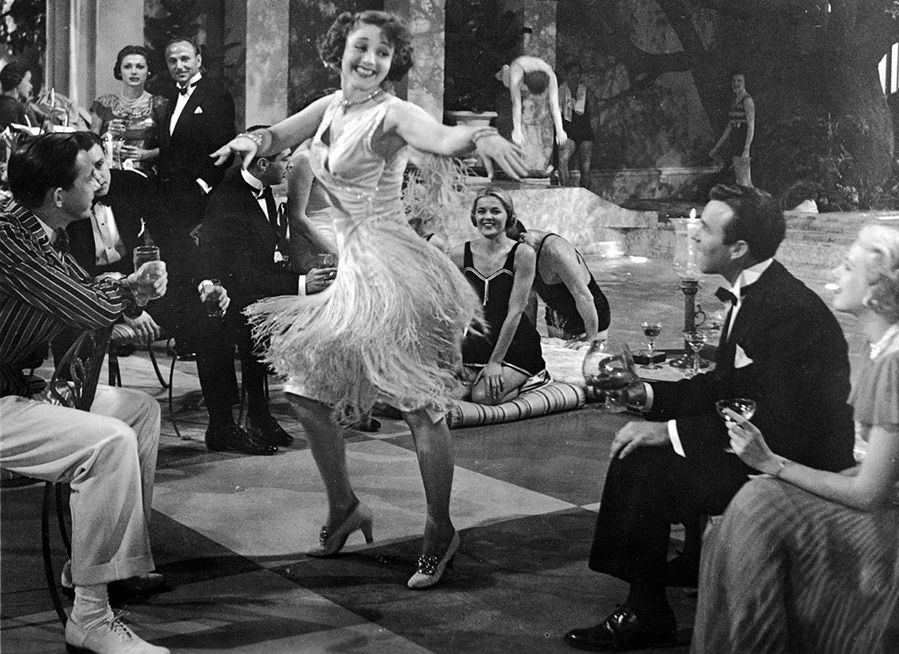 They performed with the Whitman sisters, who had one of the longest running shows in the States (from 1900 to 1943). In the 1920s, the sisters invited young people to come up with an ending that they could all perform together as an encore after vaudeville. It had to be something that not only tap dancers could handle, but also singers and musicians. The part really turned out to be quite simple, so that any artist could perform it without preparation. So Reed and Willy became the creators of shim sham. Initially, it was performed as a comedic dance with cheerful music "Turkey in the Straw" and was called "Gufos". But over time, it turned into an independent number that was performed on stage.
They performed with the Whitman sisters, who had one of the longest running shows in the States (from 1900 to 1943). In the 1920s, the sisters invited young people to come up with an ending that they could all perform together as an encore after vaudeville. It had to be something that not only tap dancers could handle, but also singers and musicians. The part really turned out to be quite simple, so that any artist could perform it without preparation. So Reed and Willy became the creators of shim sham. Initially, it was performed as a comedic dance with cheerful music "Turkey in the Straw" and was called "Gufos". But over time, it turned into an independent number that was performed on stage.
The variety of dances of the 1920s does not end there. In addition to those listed, there were many more subtypes that could be performed differently in each tavern.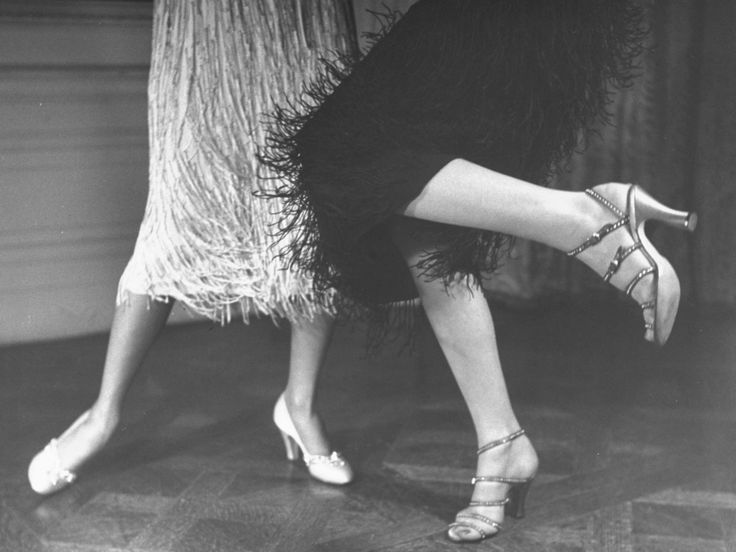 It was they who gave rise to swing, lindy hop, boogie-woogie and many other dances that gained popularity already in the 1930s.
It was they who gave rise to swing, lindy hop, boogie-woogie and many other dances that gained popularity already in the 1930s.
You can get acquainted with many dances of the 1920s at the Swing.School. Anyone can sign up here for free lessons in the Garden. Bauman, and for readers of diletant.media there is a special offer - free two weeks of training in the Hot Club group using the promo code DILETANT28. Registration for classes - by link.
Collection: Emelyan Pugachev
Leader of the Peasants' War of 1773-1775. was extradited to the tsarist authorities by his former associates. He was executed on Bolotnaya Square.
- USE
- Europe
- 18th century
Emelyan Pugachev
Emelyan Pugachev
“Pugachev fled, but his flight seemed like an invasion,” wrote Alexander Pushkin. Indeed, the leader of the rebellion of the Cossacks and peasants was repeatedly defeated, but this did not prevent him from gathering around him more and more new supporters. Take the quiz and test your knowledge of the impostor posing as Peter...
Take the quiz and test your knowledge of the impostor posing as Peter...
- Articles
- Europe
- 18th century
Investigation and trial of Emelyan Pugachev and his accomplices
Investigation and trial of Yemelyan Pugachev and his accomplices
He was brought to Yaitsky town to the head of the secret commission. Thus began the first stage of the investigation of the leader of the Peasant War of 1773-1775.
- Articles
- Europe
- 18th century
"Chief Colonel" Pugacheva
"Chief Colonel" Pugacheva
One of the closest associates of Emelyan Pugachev was the merchant Ivan Gryaznov.
- Articles
- Europe
- 18th century
"Varvar Pugachev showed the experience of ferocity and tyranny"
"Barbarian Pugachev showed the experience of ferocity and tyranny"
Throughout the 18th century, the Cossacks lost their privileges.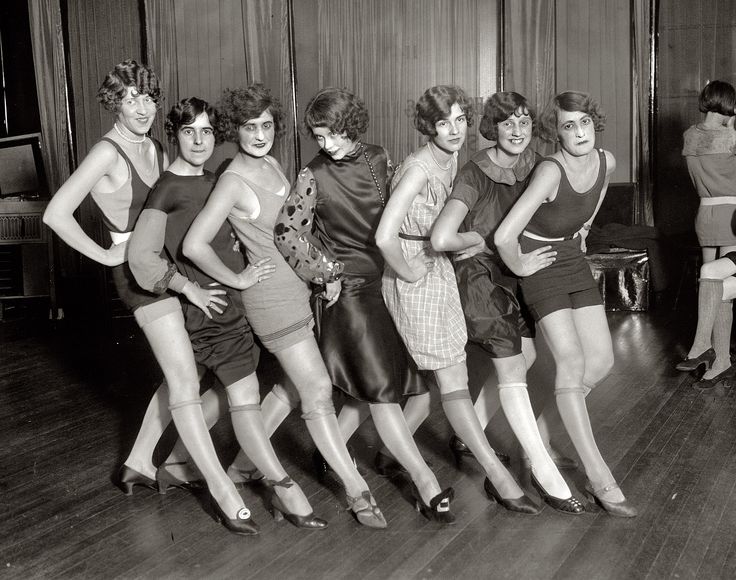 They united under the banner of Pugachev - the leader of the peasant uprising, or the Peasant War.
They united under the banner of Pugachev - the leader of the peasant uprising, or the Peasant War.
- Articles
- Europe
- 18th century
Catherine's repressions: how the Pugachevites were punished
Catherine's repressions: how the Pugachevites were punished
Catherine II wanted to be an enlightened monarch. But the uprising of Yemelyan Pugachev could not be completely pacified without drastic measures.
- Articles
- Europe
- 20th century
Pugachev's uprising
Pugachev's Rebellion
The main driving force of the Peasants' War of 1773-1775. there were Cossacks, peasants, working people, peoples of the Urals and the Volga region.
- USE
- Europe
- XVIII century
Emelyan Pugachev
“Pugachev fled, but his flight seemed like an invasion,” wrote Alexander Pushkin. Indeed, the leader of the rebellion of the Cossacks and peasants was repeatedly defeated, but this did not prevent him from gathering around him more and more new supporters.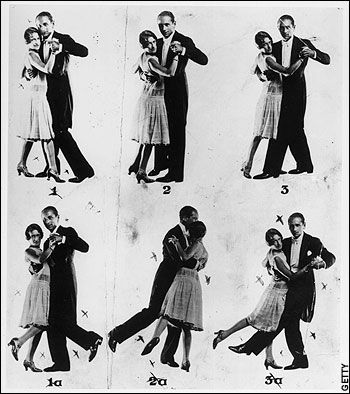 Take the quiz and test your knowledge about the impostor posing as Peter...
Take the quiz and test your knowledge about the impostor posing as Peter...
- Articles
- Europe
- XVIII century
Investigation and trial of Yemelyan Pugachev and his accomplices
He was brought to Yaitsky town to the head of the secret commission. Thus began the first stage of the investigation of the leader of the Peasant War of 1773-1775.
- Articles
- Europe
- XVIII century
"Chief Colonel" Pugachev
Merchant Ivan Gryaznov became one of Emelyan Pugachev's closest associates.
- Articles
- Europe
- XVIII century
"Varvar Pugachev showed the experience of ferocity and tyranny"
During the entire XVIII century, the Cossacks lost their privileges. They united under the banner of Pugachev - the leader of the peasant uprising, or the Peasant War.
- Articles
- Europe
- 18th century
Catherine's repressions: how the Pugachevites were punished
Catherine the Second wanted to be an enlightened monarch. But the uprising of Yemelyan Pugachev could not be completely pacified without drastic measures.
But the uprising of Yemelyan Pugachev could not be completely pacified without drastic measures.
- Articles
- Europe
- XX century
Pugachev's uprising
The main driving force of the Peasants' War of 1773-1775. there were Cossacks, peasants, working people, peoples of the Urals and the Volga region.
Recommended for you
Top materials
- week
- Month
- Articles
- Europe
- 20th century
Clashes in Novy Uzen: how a fight at a disco turned into pogroms
- Articles
- Europe
- XIX-XX centuries
Ballet Romance
- Articles
- Europe
- XVIII-XIX centuries
Jane Austen's Imagined Love
- Articles
- Europe
- 17th century
Trial of Charles I
- Articles
- Europe
- 19th century
Cathedral of Christ the Savior: construction history
- Articles
- Africa
- XIV century BC
Nefertiti and her bust
- Articles
- America
- 19th century
Gold Rush: Klondike Madness
- Articles
- America
- 15th century
What if America had been discovered before
- Articles
- Europe
- XIX-XX centuries
"Merchant for tea" Kustodieva
- Articles
- America
- 20th century
The Mysterious Disappearance of Dorothy Arnold
- Articles
- Europe
- 11th century
The defeat of the Pechenegs: the end of the history of the famous nomads
- Articles
- Europe
- 20th century
Clashes in Novy Uzen: how a fight at a disco turned into pogroms
- Articles
- Europe
- 20th century
War, Occupation and Resistance in the cinema through the eyes of eyewitnesses
- Articles
- Europe
- 20th century
Nazi Leadership: Family Chronicles
- Articles
- Asia
- 20th century
Nanjing massacre (18+)
- Articles
- Europe
- XVII-XIX centuries
"Morning of the Streltsy Execution" Surikov
- Articles
- Asia
- 20th century
Tuva - a republic absorbed by Russia
- Articles
- Europe
- 20th century
German reparations: how much the Germans paid the Soviet Union
- Articles
- Europe
- 20th century
Angels in skirts (18+)
- Articles
- Europe
- 20th century
Hungarian uprising: Zhukov against the counter-revolutionaries
- week
- Month
- 📚 Articles
- 👀 618551
- 📚 Articles
- 👀 83599
- 📚 Articles
- 👀 52434
- 📚 Articles
- 👀 49296
- 📚 Articles
- 👀 41306
- 📚 Articles
- 👀 37785
- 📚 Articles
- 👀 34791
- 📚 Articles
- 👀 22906
- 📚 Articles
- 👀 21481
- 📚 Articles
- 👀 21029
- 📚 Articles
- 👀 686969
- 📚 Articles
- 👀 618551
- 📚 Articles
- 👀 275119
- 📚 Articles
- 👀 266047
- 📚 Articles
- 👀 261473
- 📚 Articles
- 👀 221496
- 📚 Articles
- 👀 176851
- 📚 Articles
- 👀 157628
- 📚 Articles
- 👀 154554
- 📚 Articles
- 👀 152669
Dances in the USSR, 1920s.
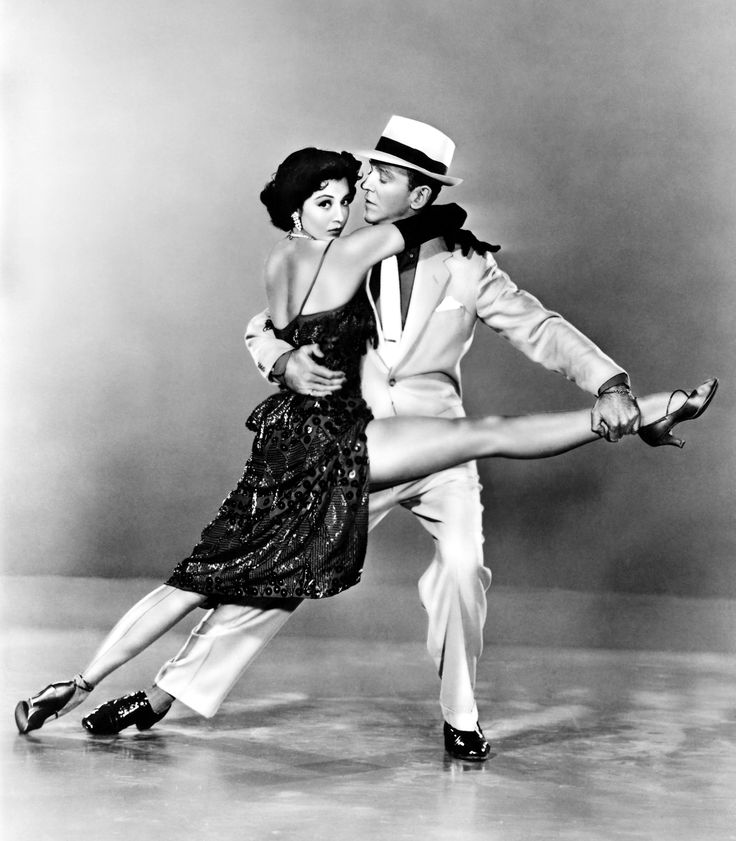 : bodhij — LiveJournal Dances in the USSR, 1920s.: bodhij — LiveJournal ?
: bodhij — LiveJournal Dances in the USSR, 1920s.: bodhij — LiveJournal ? - History
- USSR
- Cancel
Physical education as part of educational work.
Popular public library "Spartak"
Leningrad, 1924.
It analyzes in detail the attitude of the Soviet government to public dances at that time, as well as the state of the dance tradition at that time. I contacted the author, and he kindly posted the entire chapter on dancing:
http://v-barhudarov.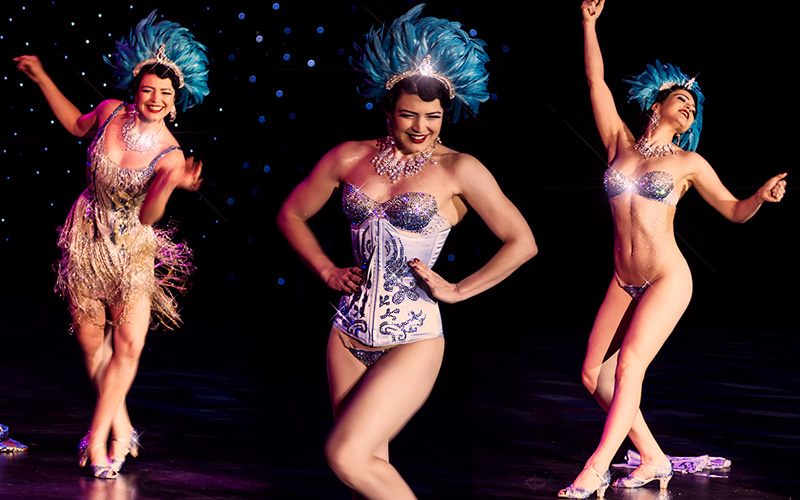 livejournal.com/12313.html
livejournal.com/12313.html
pp. 60 and further:
Until now, all sorts of crowded meetings of young people were concluded by dancing. The nature of the bred dancers forced them to fight against dancing. In addition to the anti-educational harm of dancing, one can strongly object to them from the point of view of physical culture. The fact is that young people, dancing in a dusty room, saturate their lungs with so many bacilli, and even carelessly go out into the cold, smoke, inflate their nerves with sexual arousal, which, allowing dancing, is ridiculous to talk about labor protection. It is safe to say that more from dancing than from work fell ill with tuberculosis.
To be continued...
There is a lot of text, and a lot of answers that he gives. Now it is much clearer what exactly happened to Russian dance culture in the 1920s.
Tags: XX century, how it was done, dancing in the USSR, facts about dancing Mayakovsky.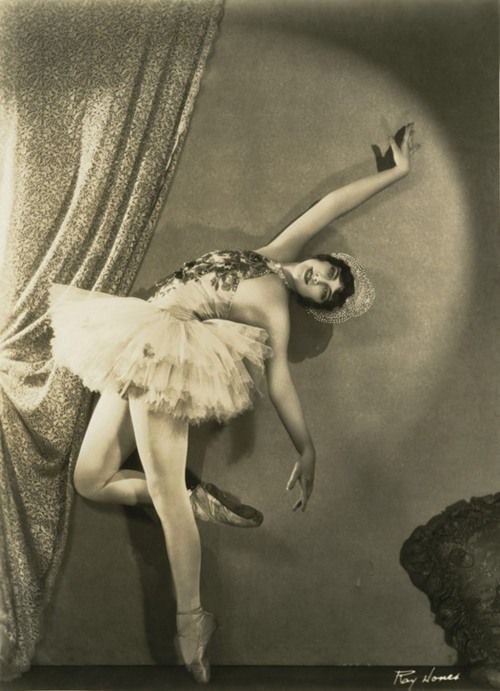 About how some sectarians call a worker to dance.
About how some sectarians call a worker to dance.
Or everything you need to know about the foxtrot and Charleston in the USSR :) In the shops of the textile factory. Khalturin (Leningrad) sectarians scatter…
What are you dancing, Katya?
Usually, I try to write rather concisely about dances, but this is a special case: the story of this song has been worrying me for more than a year, and now, finally, I am ready ...
Louis XV Boston Waltz
This is another article about dancing. It's no secret that what was taught in the USSR under the name "Old Dances" turned out to be a work of art...
0613
VyachMikh pleases, as always. Damn ... but at first he seemed to me an adequate person. But apparently the years take their toll. Original taken from arilou in…
padegras holivar.
I have been doing these little dances of the early 20th century for a long time. And you know what I found? Do you know what is the most controversial issue with them? Not like them…
Completed the article about padegrasse
Not so long ago posted on the site an article PAS-DE-GRÂCE (padegras) - the history of dance, and offered it to the AIT community.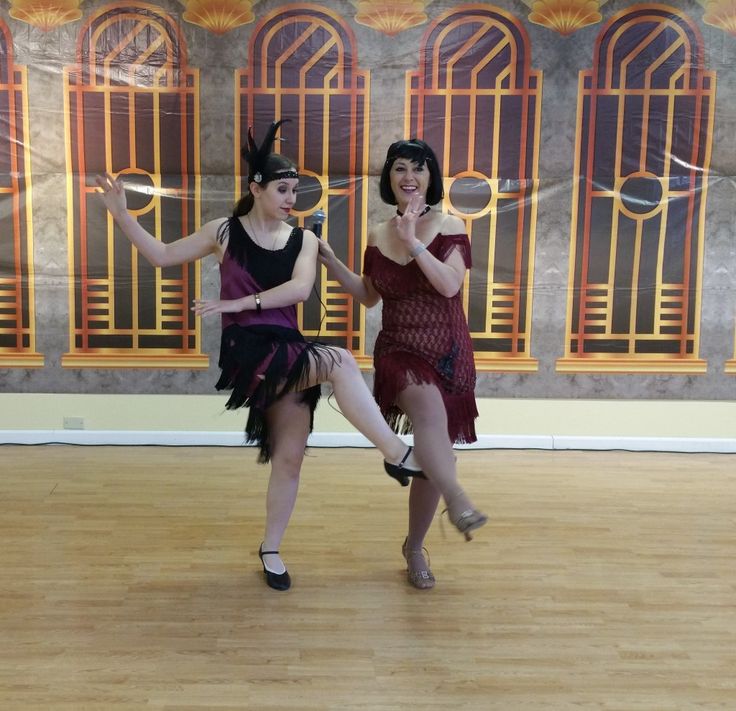 After discussion, I posted it ...
After discussion, I posted it ...
Padekatr-2
I answer all the questions of this post about padekatr. Firstly, the text itself contained a hint: the scheme that I gave there was noticeably different ...
Video: waltz, foxtrot and padegras performance in 1965
Thank you friends for pointing me to this film. 1965, USSR, film "Women". Filming was done in Yaroslavl, approximately where we are dancing now :)…
Saturday - mazurka.
Or everything you need to know about the foxtrot and Charleston in the USSR :) In the shops of the textile factory named after. Khalturin (Leningrad) sectarians scatter…
What are you dancing, Katenka?
Usually, I try to write rather concisely about dances, but this is a special case: the story of this song has been worrying me for more than a year, and now, finally, I am ready ...
Louis XV Boston Waltz
This is another article about dancing.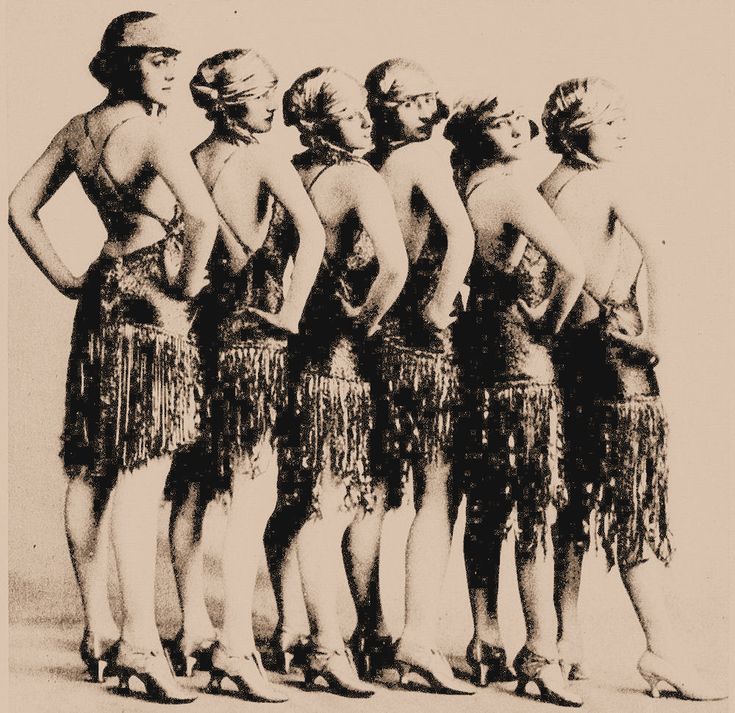 It is no secret that what was taught in the USSR under the name "Old Dances" turned out to be a work of art ...
It is no secret that what was taught in the USSR under the name "Old Dances" turned out to be a work of art ...
For the dance community - "Heroes" must be known by sight
VyachMikh pleases, as always. Damn ... but at first he seemed to me an adequate person. But apparently the years take their toll. Original taken from arilou in…
padegras holivar.
I have been doing these little dances of the early 20th century for a long time. And you know what I found? Do you know what is the most controversial issue with them? Not like them…
Completed the article on padegras
Not so long ago I posted an article PAS-DE-GRÂCE (padegras) - the history of dance, and offered it to the AIT community. After the discussion, I posted it ...
Padekatr-2
I answer all the questions of this post about padekatr. Firstly, the text itself contained a hint: the scheme that I gave there was noticeably different .